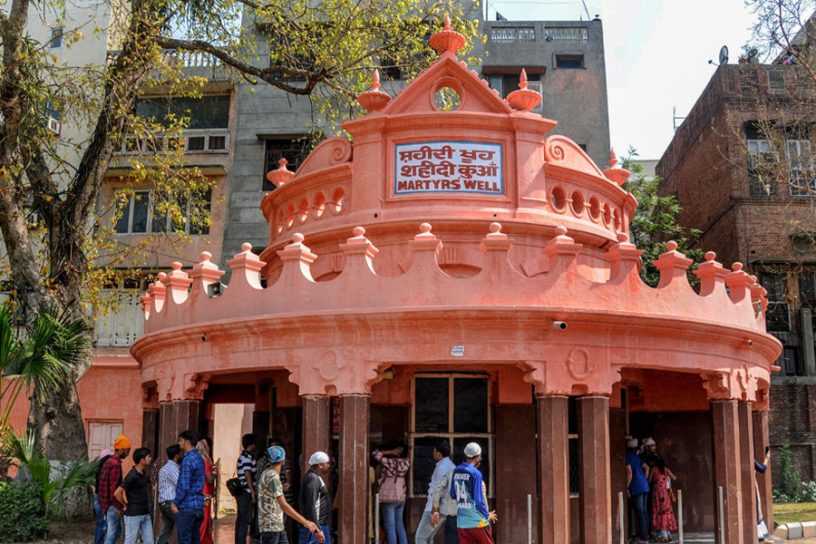
With the rise of transgressions that potentially rupture esthetics of memorial sites, it becomes essential to look for alternate tangible representations that transcend the spatial confines of the trauma sites.
Author
Neha Khetrapal, Associate Professor, Jindal Institute of Behvaioural Sciences, O.P. Jindal Global University, Sonipat, Haryana, India.
Summary
Folklorists have long studied the nature of ephemeralities in a range of vernacular responses to tragic events. This paper extends the scope of ephemeralities by arguing that the tangible representations, such as buildings and objects, are important anchors for socially reconstructing historical events.
Focusing on the site of a cold-blooded genocide in India—Jallianwala Bagh—the present analysis transcends a predominant western frame of reference to highlight the imperativeness of preserving the trauma site, as it happened. The analysis reveals that a critical esthetic aspect of the site is the tangible absence of bodily ephemerality—an aspect that is intricately tied to martyrdom as opposed to victimhood.
With the rise of transgressions that potentially rupture esthetics of memorial sites, it becomes essential to look for alternate tangible representations that transcend the spatial confines of the trauma sites. The quest ends with Khadi Marigolds that embody the essence of Jallianwala Bagh massacre and holds the key for perpetuating the memories of the martyrs for years to come in the service of “never again”.
Published in: Peace Review: A Journal of Social Justice
To read the full article, please click here.


